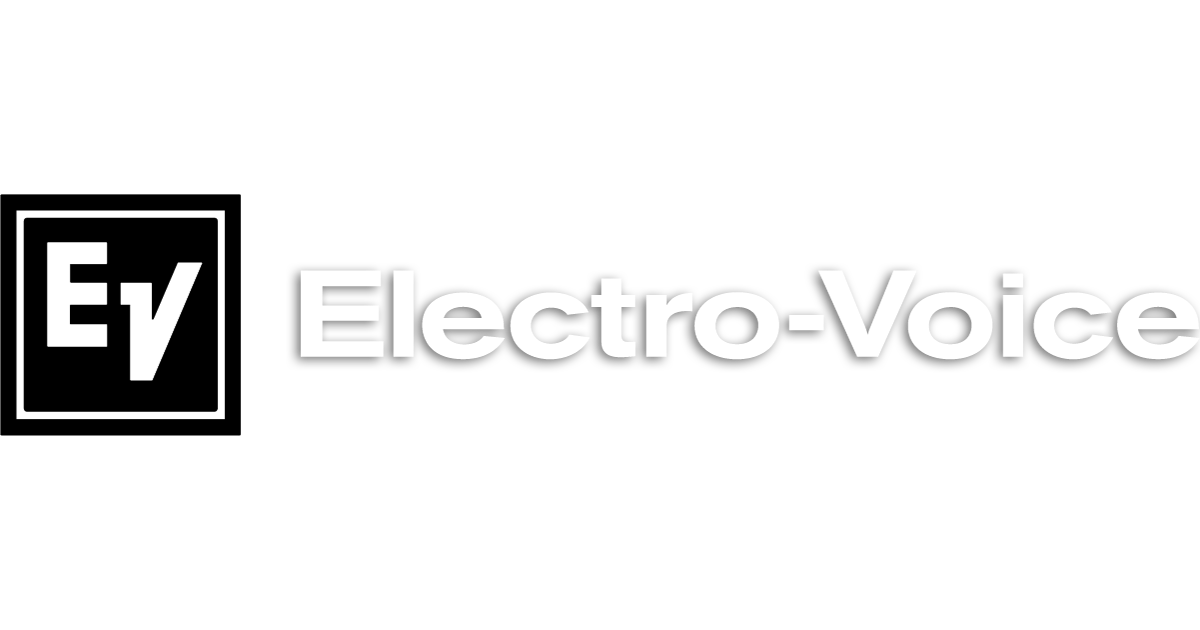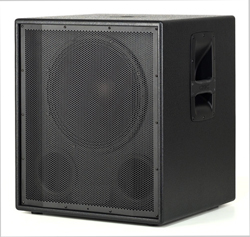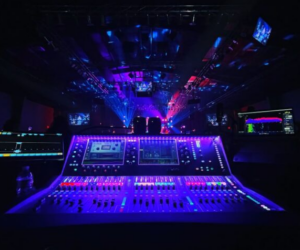It’s pretty obvious to anybody that listens to popular music that bass is featured prominently, but most styles of music also have important low-frequency content.
The smooth glissando of a plucked upright bass in a jazz quartet, the dramatic staccato roll of a tympani in an orchestra, and the melodic rhythm of a piano player’s left hand are all examples of this.
Accurately reproducing these and other low notes through a sound reinforcement system often requires at least one subwoofer.
Even when I’m doing smaller speech-heavy gigs, I’ll bring a sub or two along because the “speakers on a stick” can’t produce much below 100 Hz.
They’re well suited for the “talking head” portion of the event, but not music playback. Modern audiences expect to hear those bottom octaves, and I certainly don’t want to disappoint.
There’s an embarrassment of riches when it comes to subwoofer choices.
Do you want an active subwoofer with built-in amplification and processing, or are you looking for a passive one that needs an external amp? Seeking a small portable box that one person can easily transport, or will there be extra hands at the gig to help you move and position large cabinets?
What frequency range do you need to cover? What box type will work best in your application (horn loaded, front loaded, vented, band-pass, etc.)?
Once you’ve narrowed down the choice of box, there are still more questions. Will you run the subs in line with the mains or from a separate aux send feed?
Is the subwoofer going to be flown or ground-stacked on the floor? How are you going to position or array the subwoofers (left/right, center cluster, end fire, cardioid, etc.)?
The options are almost endless, and there are no true “best” answers to these questions. It depends on the needs and requirements of the gig, as well as your own preferences. In my company, I keep it relatively simple, stocking three different types of subs, mostly defined by their footprint: small, medium and large.
Some corporate gigs need extra low end, but the event planner doesn’t want to see those “ugly black boxes.”
So I use my small subs and hide them under the stage, or conceal them behind things like planters in the corner of the room.
The mid-sized single-woofer cabinets are my go-to subs, used for mains, side fills, delays, and even low-end support in the drum fill. Add a pole and they can elevate my compact loudspeakers to create a clean-looking full-range ground-supported rig.
When there’s need to “move a lot of air” (one of the best reasons for being in this business!), my big guns get the call and are rolled into the truck.
This month’s Real World Gear look at numerous current subwoofer models reflects the reality that the types and choices are vast and diverse.
It’s quite useful to be up to speed on the plentiful assortment of subwoofer options – you never know what the next gig may bring.
Enjoy our Real World Gear Tour of a wide range of subwoofers from across the pro audio industry.
Craig Leerman is senior consulting editor for Live Sound International, and has worked in professional audio for more than 25 years. He is also the owner of Tech Works, a regional production company based in Las Vegas that focuses on live corporate events.
















